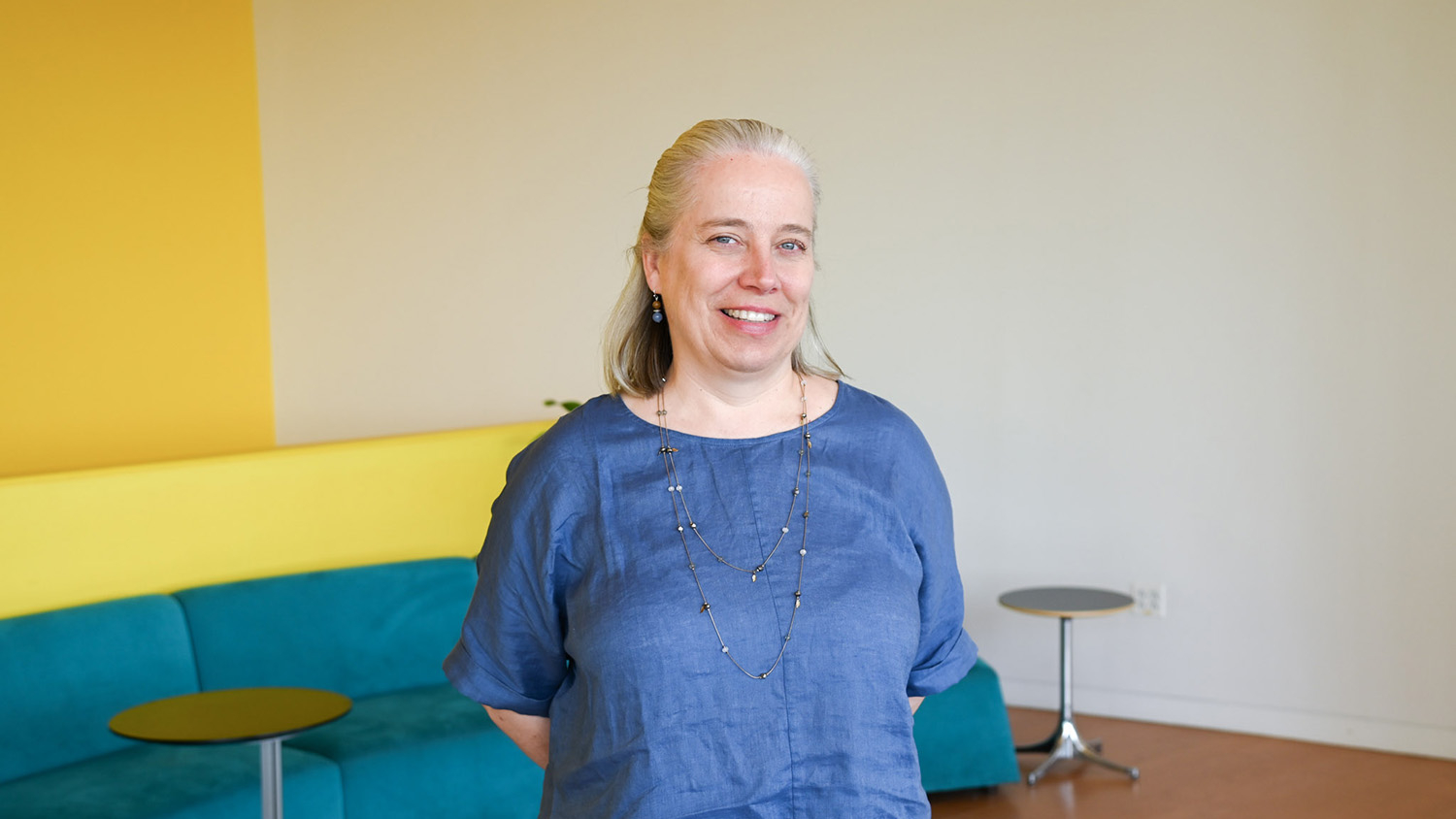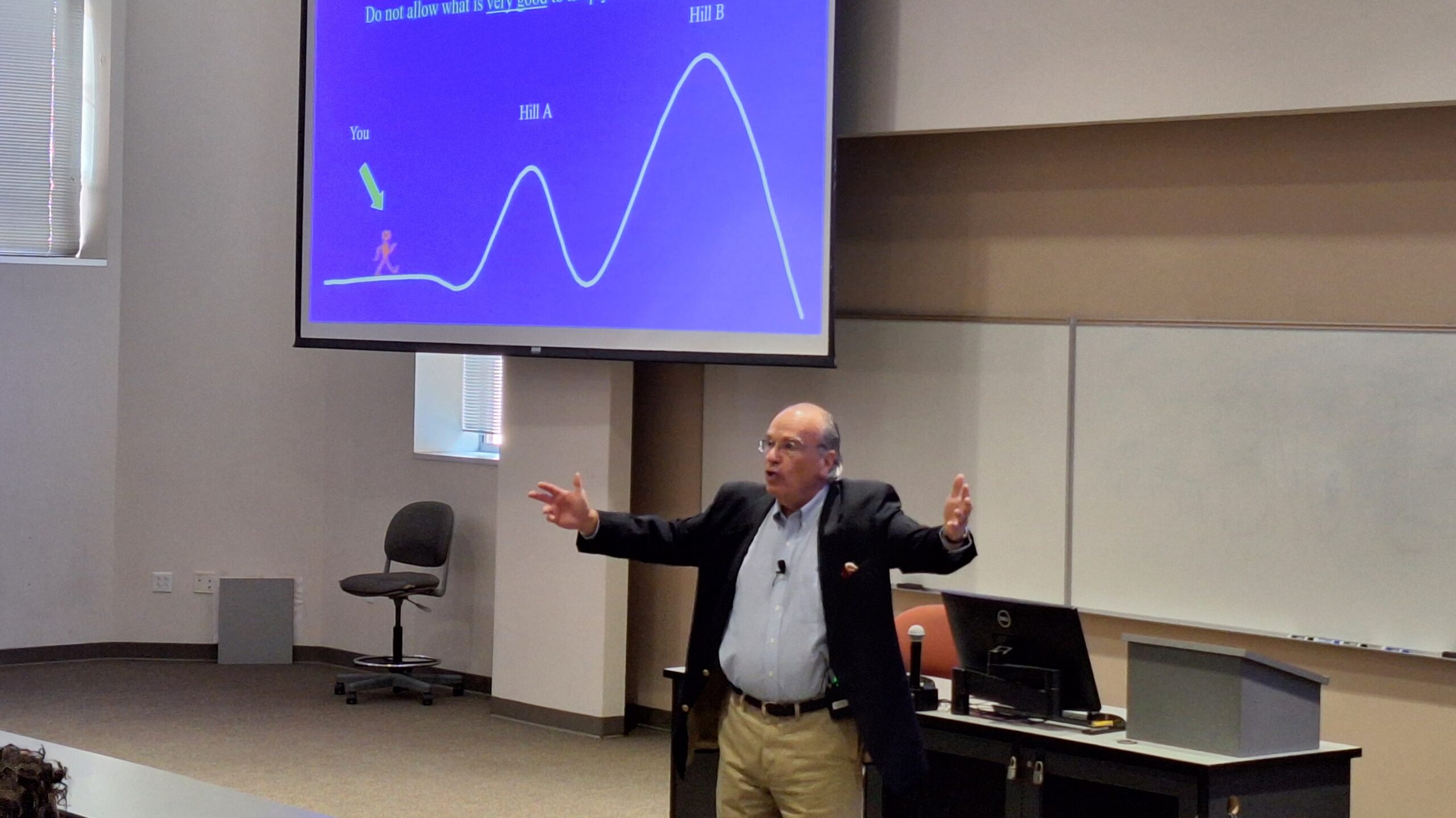Is Diversity in Public Schools Essential?

In the ongoing struggle for integrated public schools nationwide, the education system in Wake County illustrates the triumphs and challenges in creating an inclusive educational environment.
From pioneering a socioeconomic diversity strategy in 2000 to navigating political and community-driven policy shifts, the journey of Wake County public schools also offers valuable lessons about the impact of community engagement and the complexities involved in crafting educational policies that effectively serve all students.
In her new book about diversity in Wake County public schools, Associate Professor of Religious Studies and Women’s, Gender, and Sexuality Studies Karey Harwood provides insight into why the issue remains crucial in education today. She examines the challenges to educational equity and offers ways to help combat them — and explores the benefits of integrated school environments and the importance of their continued advocacy and support.
Harwood believes inclusion will play a deciding role in shaping the future of public schools and, by extension, the nation.
“People focus on the benefits of diversity for disadvantaged students, and there is plenty of evidence that shows a greater likelihood of college completion, greater lifetime earnings, and better health,” she adds. “But more privileged students also benefit. The more families appreciate the mutuality of that benefit, the more buy-in there would be in committing to and sticking with integrated schools and valuing diversity.”
Several factors have propelled public school diversity to the national forefront 70 years after Brown v. Board of Education, which declared state-sanctioned racial segregation of public schools unconstitutional. Key among them are the nation’s increasingly diverse demographics.
Research shows that an integrated student body enriches the learning environment, prepares students for a multicultural world, fosters cultural awareness, empathy, and understanding among students, and helps break down stereotypes and biases. Harwood says it also encourages critical thinking skills and improved academic performance, as students benefit from various viewpoints and collaborative learning experiences.
What impact does a lack of diversity have on students? Harwood says at schools she describes as extremely racially isolated, there are higher rates of teacher turnover, limited course offerings, outdated textbooks and poorly maintained facilities.
“All these things communicate to students that they are not valued and therefore there are more behavioral problems,” she adds. “It’s a vicious cycle.”
As for students in more homogenous, affluent environments, she notes, the real harm is that they produce citizens who don’t relate well to one another or empathize with others.
The impact extends outward. “If people lose faith in public schools’ ability to be good schools, which they very much can be, and abandon them for presumed greener pastures, that contributes to our polarization and division as a country,” notes Harwood.
Challenges to achieving and maintaining diverse public schools persist. They include such influences as residential segregation, socioeconomic disparities, and unequal access to resources. Private school voucher programs and charter schools are also posing a threat, Harwood says and adds the national trends are moving toward resegregation, which is alarming.
“Our public schools are as segregated as they’ve ever been, which you wouldn’t think is the case after Brown v. Board of Education,” she explains. “But the data show that the sort of apex, the best period, was in the late 1980s when I was in high school. That’s when our schools nationally were the most integrated, and we’ve slid backward since then.”
To overcome these challenges and foster a more inclusive environment Harwood says schools and policymakers must prioritize equitable funding and promote policies that encourage integration. Harwood says hiring more teachers and principals of color would help as would de-emphasizing tracking, which sorts children by their presumed academic ability and denies students of color a fair shot at more advanced courses.
“It can be even as small as making sure the school musical picks a story that can be inclusive of lots of different kids,” she explains. “It’s the whole package and it’s something that requires ongoing reflection and conversations. There’s not one fix.”
Community advocacy also plays a significant role. Parents, local organizations, and civic leaders can help by holding educational institutions accountable, promoting inclusive policies, and supporting initiatives that address disparities in educational resources and opportunities.
“There are pockets of real positive change and reasons for optimism,” Harwood adds, pointing out that Wake County public schools counter the national trends and continue to provide a blueprint for successfully maintaining and promoting diversity.
This post was originally published in College of Humanities and Social Sciences.
- Categories:


